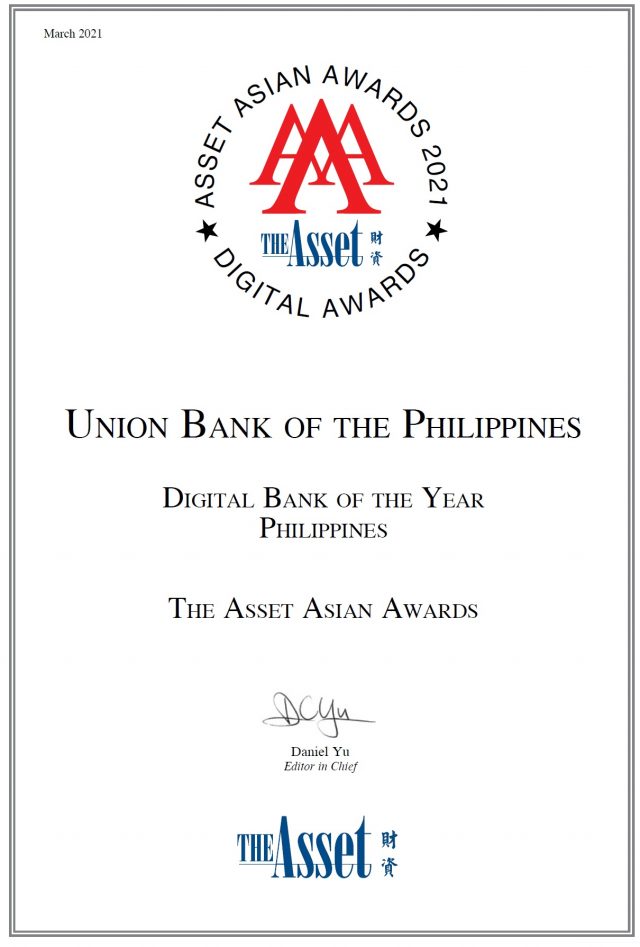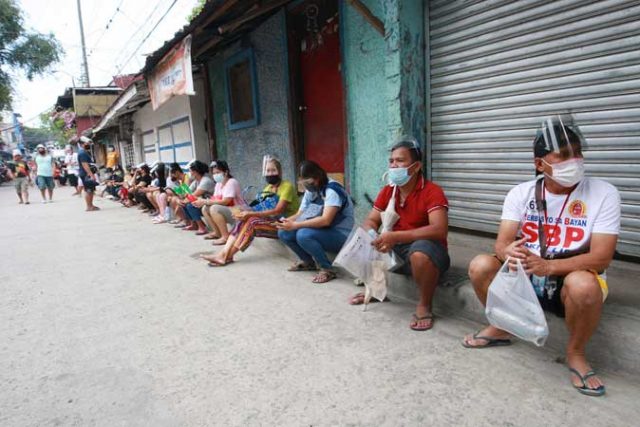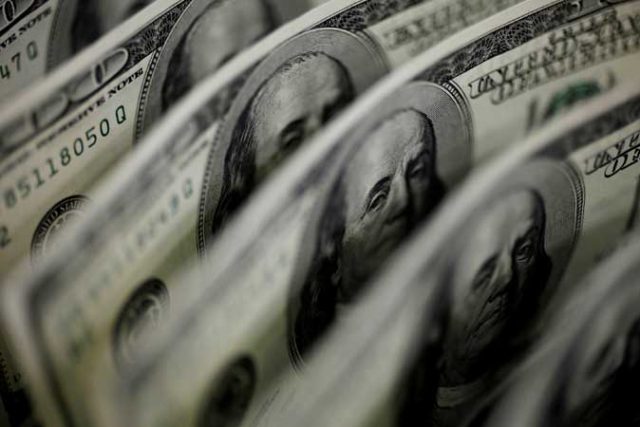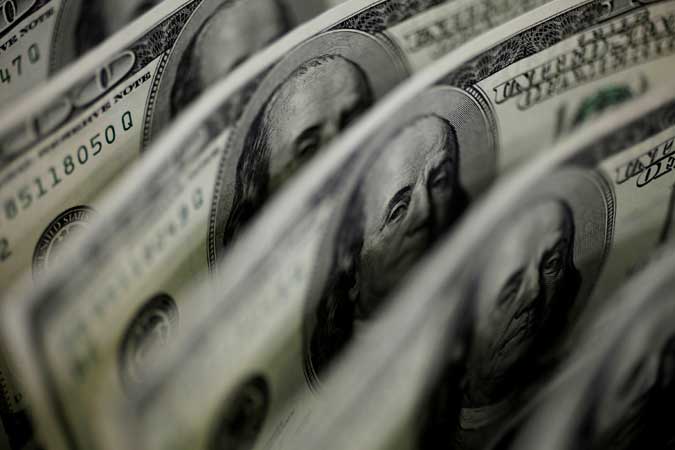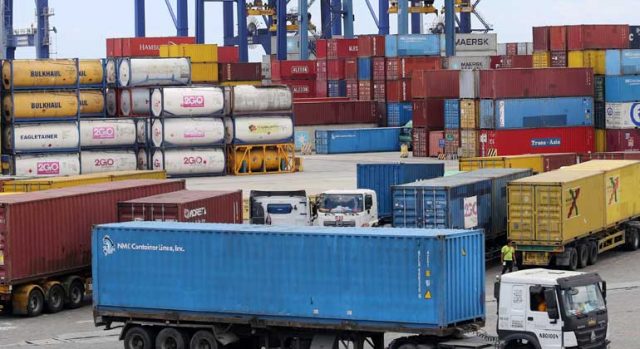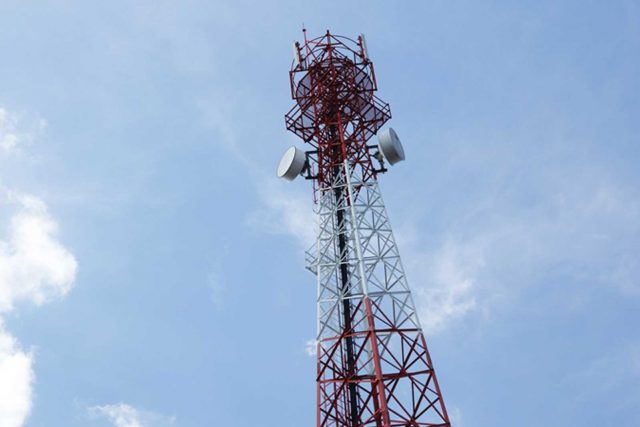China stocks fall after soft factory activity data; Hong Kong down
SHANGHAI – China stocks slipped on Friday, after the country’s factory activity growth slowed in April, with Shanghai shares set for weekly decline on worries over policy tightening and Sino-U.S. tensions.
The CSI300 index fell 0.3% to 5,150.71 by the end of the morning session, while the Shanghai Composite Index lost 0.5% to 3,457.09.
For the week, CSI300 firmed 0.3%, while SSEC eased 0.5%.
China’s factory activity expanded at a slower pace and missed forecasts in April as supply bottlenecks and rising costs weighed on production and overseas demand lost momentum.
Despite the soft data, analysts and traders said overall solid economic growth allowed Beijing more leeway to rein in bubbles in its financial markets.
China’s economic recovery quickened sharply in the first quarter with record growth of 18.3%, shaking off the hit from last year’s slump.
“People are still worried about China’s monetary policy, and the market remains pessimistic given the current monetary conditions,” said Song Zhenyu, a fund manager at Beijing Jiayi Asset Management Company.
Song said any gradual policy shift would happen with a tightening bias as the central bank had recently noted the rapid rise in commodities prices, raising worries over inflation.
Tensions between Beijing and Washington also added to the pressure on the market.
U.S. President Joe Biden took aim at China in his first speech to Congress, pledging to maintain a strong U.S. military presence in the Indo-Pacific and promising to boost technological development and trade.
In Hong Kong, tech stocks led the slide on Friday, as Beijing widened its crackdown on fintech firms.
Chinese financial watchdogs on Thursday summoned 13 internet platforms engaged in finance business, including heavyweights Tencent and ByteDance, to order them to strengthen compliance with regulations, the central bank said.
The Hang Seng index dropped 1.5% to 28,856.26,while the Hong Kong China Enterprises Index lost 1.6% to 10,870.34. – Reuters



